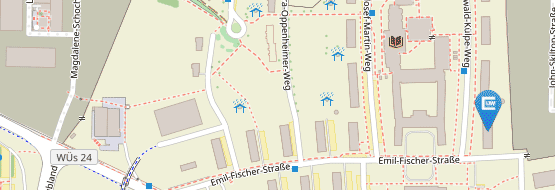Abstract2
Media as emotional tools? The role of presentation features for emotional responses to TV news
What role do presentation features play for the processing of TV news? Are they appropriate means to attract attention and to emotionally involve the audience, thus signalling relevance and supporting deeper understanding? According to Salomon (e. g, 1994), media may convey transformations via symbol systems (e.g., specific means of representation, like tracking shots, camera movements or zooms), which are similar or analogue to processes people mentally conduct. Symbol systems characterize the way in which information is organized and presented, and influence the way in which meaning is construed or generated.
The question arises if symbol systems, through mechanisms of activation, short circuiting or supplantation posited by Salomon, interact with emotional processing.
It can be assumed that the formal attributes of the media presentation might offer the perceiver cues for the emotional classification of a conveyed event, in this way triggering appraisal processes and influencing a recipient’s further emotional processes. Particularly film and TV, contain in their symbolic systems specific codes to represent relatively unique transformations in space and time (e.g., slow motion, zoom, rotations). Motions in space and time are important aspects of emotions, related to action tendencies of withdrawal or approach as adjustments of distance as well as acceleration or deceleration up to motionlessness as adjustments of speed (see e.g., description of links between emotions and action tendencies by Frijda, 1986, or Oatley, 2004). Whereas in everyday life individuals regulate the distance to other persons or objects depending on pleasantness, in audiovisual media camera work takes over the regulation, for example by the chosen camera perspective, the size of shot or by means of velocity. Thus, the question is raised if camera work and editing techniques may represent transformation in space and time that can reflect aspects of emotional processing. In a first experimental study based on the Frijda's law of apparent reality we ask in a 5 (presentation mode) x 2 (news issue) factorial experimental design, how different presentation modes of violent events in TV news affect the emotional processes of viewers. The results show interaction effects between presentation mode and news issues, indicating that the specific interplay between visual and content aspects in TV news affects the viewers' feelings and emotional processing of media.
In a second experimental study we examined the relationship between form and content and varied size of shot and cutting frequency for news features that present violent issues. The results indicate that camera work and editing techniques may represent transformations that can reflect aspects of emotional processing as adjustments of distance as well as acceleration or deceleration as adjustments of speed.
The results demonstrate effects of media symbol system on emotional responses mainly in a sense of activation and indicate in some cases that effects in sense of short circuiting or supplantation may exist.


